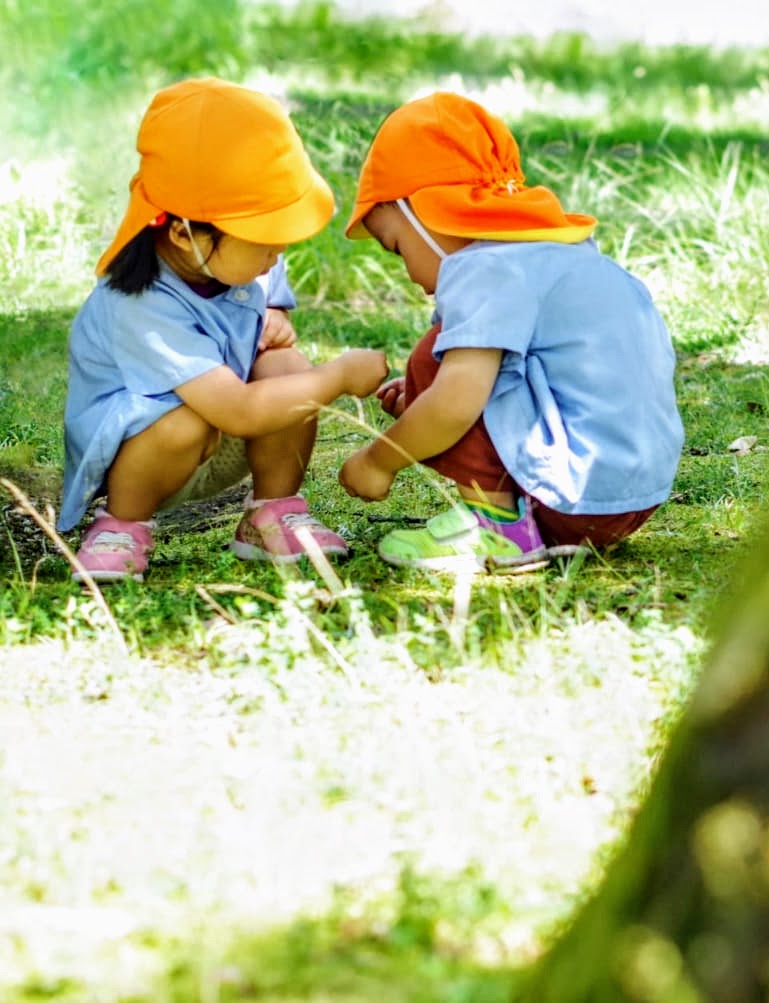Early education in Japan is unique, and it is interesting to compare it to the U.S. philosophy, systems, and practices. There are many differences, but in this case, we will focus more on Japanese "hoikuen", which corresponds more with American daycare. In the Land of the Rising Sun, there are two categories in early childhood education called Hoikuen and Youchien.
Hoikuen is a nursery school system under the purview of the Japanese Ministry of Health, Labour and Welfare. Children 5 months to 5 years old can register, but it depends on the school's availability and the parents' responsibilities and ability to provide childcare.
Youchien, however, is under the umbrella of the Japanese Ministry of Education and is basically pre-kindergarten and intended more for academic development than childcare. Quite comparable to the Maria Montessori method, all types of early education in Japan seem to have the goal of nurturing independence in young kids. For example, babies are taught early to eat (using utensils) by themselves, while toddlers are trained to get dressed by themselves.
In Hoikuen schools, instead of buying craft supplies, the kids use old newspapers for origami (the art of paper folding), coloring, and costume-making. So there are quite a few similarities between the Montessori and the Japanese approaches. Japanese early education strongly emphasizes nature, such as taking walks every day (weather permitting), and encourages preschoolers to observe their surroundings outside by asking questions and observing plants and animals, among other activities.
In the U.S., teachers and the environment in early education are generally caring, warm and friendly, providing yoga and music lessons, story time, and much more. But in Japan, the professionalism of hoikuen teachers (hoikushi) is truly awesome. To become a hoikushi, teachers must have had more than 14 years of schooling (including a 2-year college or 4-year university) and graduate from a vocational school authorized by the Ministry of Health, Labour and Welfare.
After that, aspiring hoikushi have to pass a practical and written examination, which is held twice a year. It's quite serious since the passage rate is less than 50%, and it seems most hoikuen teachers enter it for the long haul. On the other side of the Pacific, American early childhood teachers have a relatively high turnover rate, with many of them more likely to change their career path later. Alas, salaries are low on both sides of the ocean but relatively better for hoikushi, which could explain the differences in the overall quality of the profession.
Last but not least, it's worth mentioning parent involvement in Japan. Hoikuen teachers are extremely detail-oriented, which requires a heavy investment from the parents as well. In paper-based Japan, teacher-parent relations are based on the "renrakucho," which means the "communication notebook." Parents are expected to write every day in the renrakucho what time their kids woke up and went to the toilet, or what their meals, temperature, mood, etc., were. And at the end of each day, the renrakucho is sent back to parents with much the same information from during the day. Obviously, they don't mess with early education in Japan!

Picture: Two Japanese kids (JW-webmagazine.com)

